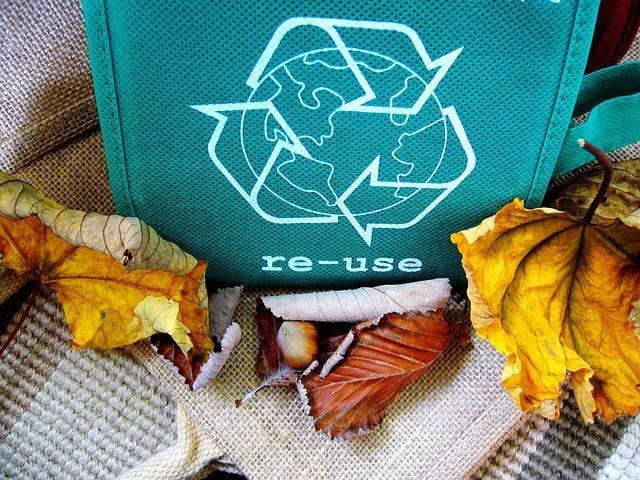Choosing the best building materials and eco-friendly materials for your construction purposes is good. This is because eco-friendly building materials are safer for people, wildlife, and the environment. They’re also less toxic, reusable, more durable, and less resource-intensive.
Eco-friendly products will help protect your health and well-being, protect the planet hence keeping a safe future for the generations to come. Creating eco-friendly building materials is to avoid harming the environment either through production, use, or disposal.
EcoTherm insulation board can be used in building construction and not negatively affect the environment. EcoTherm insulation board can be used for flat and pitched roofs, ceilings, and floors.
Some tips that can help you choose the best eco-friendly building materials for construction are explained below:
Use Organic Materials
You should, by all means, avoid purchasing materials that have chemically been treated. Purchase organic treatments like organic oils, which will not negatively affect the environment during construction.
Some building materials that can be harmful to the environment include lead, a heavy metal mainly found in roofing, silica, asbestos, halogenated flame retardants, and wood treatments. Many of these materials are toxic and can emit harmful gasses for a long time.
For this reason, toxic materials, like pentachlorophenol, a wood preservative, have already been banned in some countries.
Choose Renewable Materials
Using renewable materials helps you to get sustainable construction. The main aim of having sustainable construction is to reduce the impact it might have on the environment during its lifespan. It’s always good to choose products made from renewable materials to decrease the adverse effects on the environment during construction. These products include;
- Wood. Renewable wood comes from sustainable sources such as properly managed forests.
- Concrete. You should use sustainable concrete in your construction with recycled forms of plastic and metals. The reason for using recycled forms of plastic and metals is because they are mostly made from non-renewable materials.
- Bricks. Bricks can be made from different materials such as wool, mud. Cigarette butts can also be used to make strong bricks without the need for kiln fires that can result in harmful emissions.
Consider Using Embodied Energy
You should look for materials that require less energy for your construction. This energy is referred to as embodied energy. Different types of building materials have different embodied energy levels.
When considering construction materials, remember that energy consumption occurs during extraction, production, transportation, and delivery.
Look for Durable Materials
Durable materials are very eco-friendly as they are durable, and there will be no need to keep on replacing or repairing them frequently. They lead to less waste than other material types like plastic. This means that there will be less energy consumption, less disposed waste leading to a less negative impact on the environment.
Materials such as natural wood from well-maintained plantations may have a longer lifespan than other materials. Therefore, it’s necessary to use these kinds of woods during your construction to help reduce the impact on the environment. This makes durable materials eco-friendly. Using durable materials also saves you a lot of money since you will not keep on replacing or repairing them.
Use Recyclable Materials
Recyclables are materials that have been refurbished after already withstanding the test of time. Recyclables or materials with high recycled content play a significant role in achieving an eco-friendly environment. The more materials are recycled, the less garbage will be in the surroundings.

Pollution is brought about when raw materials are used to make new products is reduced when recycled materials. Recycling also benefits the environment by conserving energy and natural resources.
Therefore, reusing is important as there will be less water and air pollution and reduced greenhouse gasses due to the reduced formation of new products. Many recycled materials such as aluminum have become more available; thus, you should consider using recycled building materials during construction.
Choose Locally Available Materials
It is advisable to choose locally available building materials over imported ones. This is because transporting materials from long distances makes them produce large amounts of greenhouse gasses which can cause air and water pollution. There can also be the possibility of having noise pollution caused by the means of transport used.
Embracing locally available goods can help avoid all these types of pollution, which will not negatively affect the environment.
Consider Energy Consumption
You should think about the impact a building material’s production has on the environment. For example, timber manufacturing can by a high percentage reduce the emission of carbon dioxide in the atmosphere compared to during metal construction or the manufacture of concrete.
Conclusion
Apart from choosing the materials that suit your design and climate, you should ensure that these materials are not harmful to the environment.
Choosing materials that are eco-friendly will by far save you on cost. For example, using durable materials for your construction will not require you to keep replacing them. The use of local materials will save you on transportation fees.
Featured Image by PublicDomainPictures from Pixabay




